What is the difference between turnips and radishes?
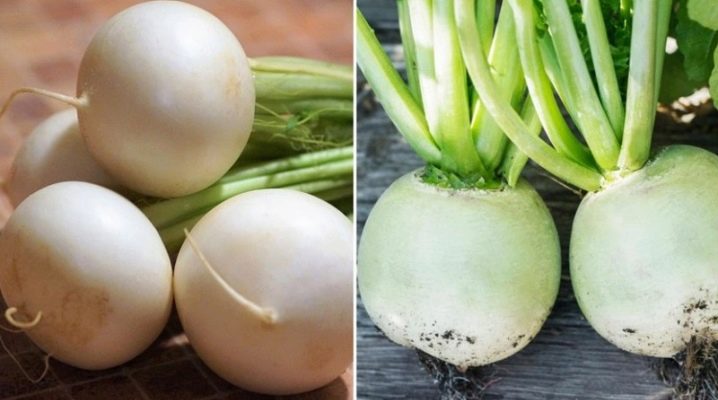
Turnip and radish are two root crops that humanity began to grow several centuries ago. Modern gardeners continue to grow both vegetables. Outwardly, they have some similarities. In order not to confuse cultures with each other, it is necessary to familiarize yourself with the distinctive features of each of them.

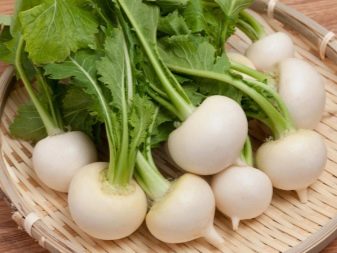
Visual differences
Turnip and radish belong to the Cabbage family. They can be both annuals and biennials. Each vegetable has a fleshy, thickened and edible root vegetable, enriched with a lot of vitamins B1, D2 and C. Despite the obvious similarities, there are some differences between the two root vegetables. First of all, visual differences should be highlighted. To understand which root crop is in front of your eyes, you need to pay attention to the shape. Turnips are flat in most cases. Some varieties produce round or oval roots, but still have some flattening. The radish is also round or oval, but it will never be flat. The main difference lies in the form.
To distinguish root vegetables from each other, you can also look at their color.... Turnips are most often light yellow, but there are also varieties that produce white roots. The skin of the radish is most often colored black. But confusion may arise if a Daikon or Margelanskaya radish is taken as a specimen. Here the skin color will be white or light green. The radish has rather powerful stems, which can reach 1 meter in height. The foliage is dense, the leaves are laurel-shaped. Turnip has even larger stems, since they often reach 1.5 m in length. The foliage is dense and abundant.
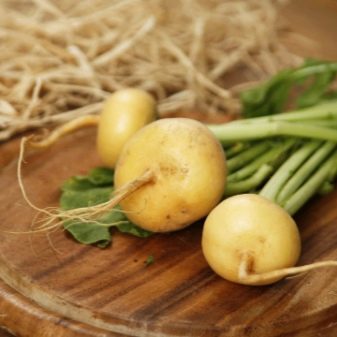
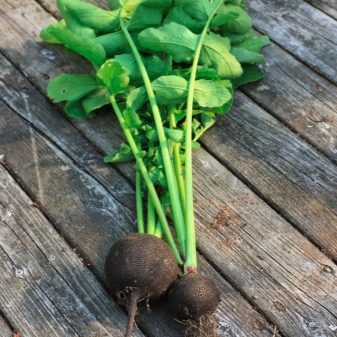
How does the taste differ?
If you can still see some doubts in their appearance, then if you taste the root vegetables, it is quite difficult to confuse them. Turnip pulp is always sweet... Radish, on the contrary, has a rather sharp bitter taste. "Daikon" and "Margelanskaya" taste more delicate, but still there is a sharpness in them. The culinary use in these cases will also be different. The radish is suitable for eating raw, for preparing cold snacks and salads.
There are practically no culinary recipes in which heat treatment is required for the radish. It is noteworthy that in any case, the radish is not cut into cubes or strips, but grated. Turnips, on the other hand, are most often heat treated, but raw consumption is not excluded.
The most popular options are baked radish, stews, stews, and mashed potatoes.
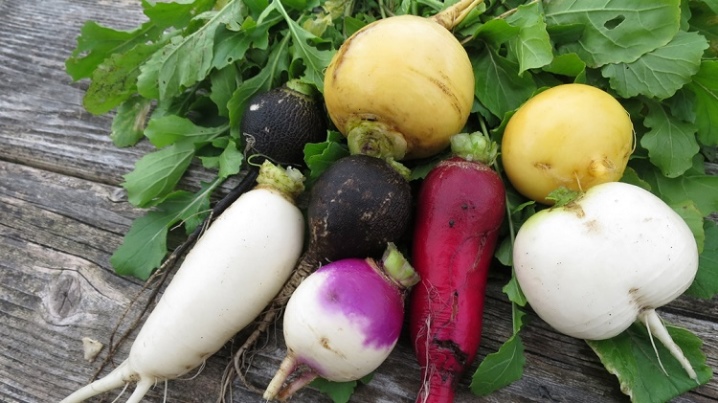
Features of growing crops
The difference between the two root crops lies in the growing conditions and timing. If we talk about turnips, then they can be planted in early spring immediately after the snow melts. This period usually falls in mid or late April. But depending on the region and climatic conditions, the landing dates can shift in one or the other direction.
Turnip is not particularly picky about leaving, however, it has some requirements:
- prefers sunny areas;
- loves abundant watering, but without much perseverance to prevent rot;
- in the process of growing, this root crop will require thinning.
An important point: the turnip crop can be harvested not once, but twice a year. Seeds for the second harvest are grown in early or mid-July.Again, the timing is individual depending on the weather conditions in a particular year and region. With the correct organization of the site, as well as with the observance of crop rotation, you can get a good harvest of turnips in your personal plot.
The radish is planted a little later than the previous root crop. So, for summer varieties, the beginning or middle of May is more suitable. Winter varieties begin to be prepared and planted in open ground in July. Radish is unpretentious in care and in the place of deployment on the land. As the main care for this root crop, only sufficient watering is needed, as well as timely weeding.
Winter radish varieties should be removed in September before the first frosts begin to appear.
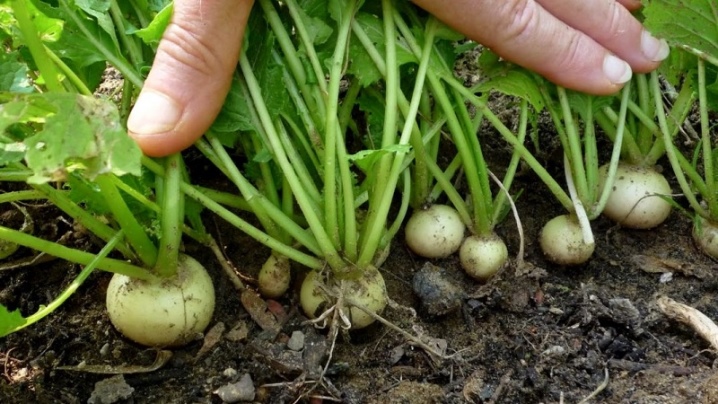
Despite the differences in taste and appearance, both plants belong to the Cabbage family, which means they are prone to the same diseases. Consider the most common pests that attack turnips and radishes.
- Red fleas... The pest attacks turnips and radishes during the growth period, making a large number of small holes in the tops. As a result of the attack of this pest, growth slows down and, as a result, the quantity and quality of the crop decreases.
- Cabbage fly... Adults also make holes in the tops. But it is the larvae of this pest that inflict particular harm. They are located directly in the soil and eat the roots themselves.
- Wireworm... Not often, but this pest can also attack the fruits of turnip and radish.
Gray rot is another common disease in these root vegetables. It is noteworthy that an ailment occurs already at the storage stage. If it is carried out in the wrong way or the shelf life is greatly increased, gray rot will begin to spread, covering more and more root crops every day.
Many vegetable crops are susceptible to powdery mildew. Turnip and radish are not included in the list of exceptions, so powdery mildew can appear on them absolutely at any period of growth and development.
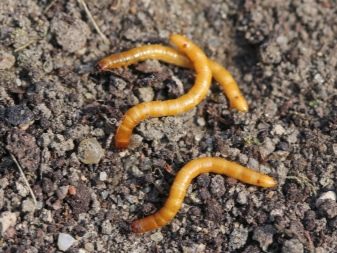

Application
The main and most widespread use of these two root crops was precisely in cooking.... They are used as the main and additional ingredient in the preparation of dishes of various cuisines. These vegetables can be eaten by both adults and children, but there are some contraindications. It is better to refuse to eat them if there is hypersensitivity, which can be the main cause of an allergic reaction... Turnip can and even should be eaten by pregnant women, since it contains the necessary vitamins and minerals. But the use of radish at different stages of pregnancy is strictly prohibited. The fact is that this vegetable can provoke an increase in the tone of the uterus, which will lead to miscarriage or premature birth.
Root crops are actively used not only in cooking, but also in medicine. Radish is recommended as a prophylaxis of diseases of the gastrointestinal tract, cholelithiasis, kidney problems. For those who have problems with digestion, it is better to give up eating turnips. Combined with natural bee honey, this vegetable has excellent anti-inflammatory properties.
In order not to confuse turnips and radishes, you need to pay attention to the color of the peel and the shape of the root crop. And in order to finally be convinced of your opinion, you need to taste the root vegetable.
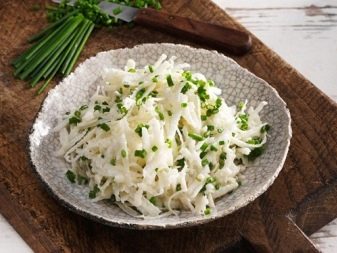














The comment was sent successfully.